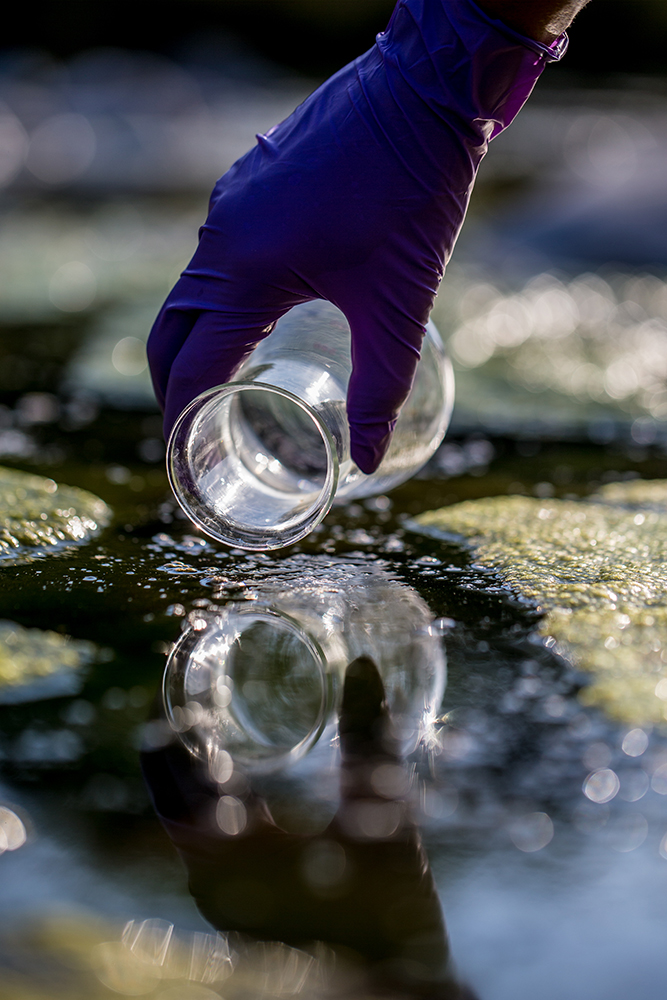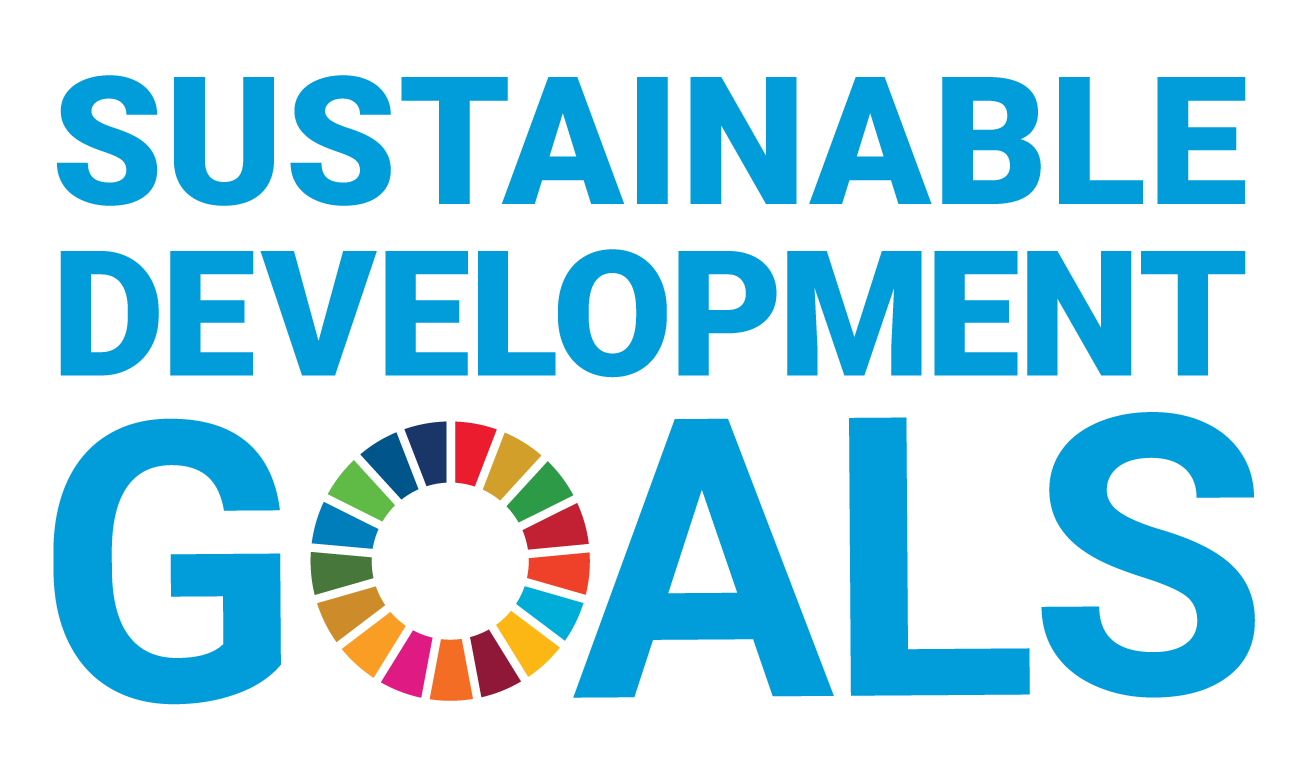You can search for courses, events, people, and anything else.
In August 2023 in the cold waters of Hazelbrook creek in the Blue Mountains of New South Wales, almost 1,000 crayfish were dying. Bifenthrin, an insecticide which is highly toxic to aquatic organisms, that was probably spilled on a suburban driveway had made its way through the stormwater system to the creek’s previously pristine waters.
This tragedy was accidental. But such careless behaviour — which resulted in an $8,250 fine — amounts to ‘abuse of the environment’. According to the United Nations’ Environment Program (UNEP), environmental crime is one of the most common criminal activities in the world.
In 2017, the UNEP recognised ‘environmental crime’ as a component of ‘transnational organised crime’, noting that it posed a growing threat to peace, security, sustainable development and the environmental rule of law.
Investigation of such crime is done by environmental forensics scientists, like Associate Professor Val Spikmans at Western Sydney University.
“From a forensic science perspective, environmental crime is defined as illegal activity that involves the environment in a negative way, done in a way that is possibly not on purpose, but still negligent,” Spikmans says. It covers everything from someone illegally dumping household waste to the large-scale release of chemicals from an industrial facility, and describes pollution of land, water or air.
While the definition of environmental crime hasn’t changed much over time, the technology and scope have.
There is now an understanding that the impacts of an environmental crime can extend far beyond the present, to affect the environment and people tens, hundreds, or thousands of years into the future.
Having started his career working with the NSW Department of Environment and Conservation as a forensic scientist, Spikmans switched to conducting research at Western Sydney University in 2012 with the aim of developing better technology and techniques for environmental forensics.
Part of the challenge with field investigations is that the crime scene can change rapidly, sometimes even in a matter of minutes if the pollutant is water-borne or airborne. “It’s all about getting a result quickly; even 10–15 minutes can be too long,” Spikmans says.
In the field, forensic scientists need rapid data on the type and concentration of the pollutant over the affected area to be able to trace it back to its source.
Spikmans and colleagues from Fire & Rescue NSW, the NSW Department of Climate Change, Energy, Environment and Water, the NSW Environment Protection Authority (NSW EPA) and the Global Forensic and Justice Center at Florida International University have developed field-based screening methods, using scaled-down portable versions of benchtop laboratory equipment that can be tailored to each pollution scene. The idea is that the equipment will help rapidly identify the presence of any chemicals of concern, and indicate whether the concentration is high or low. That information is vital in working out what threat the contamination poses — and what protective measures might be needed.
It’s also used to map out where the chemical has spread, and its source. “You determine the chemical profile, but then you physically trace that chemical profile back upstream, to see where it might have come from,” Spikmans says.
As part of the development of field capabilities, Spikmans and colleagues designed and built a mobile forensic laboratory from the ground up to house all the equipment required and to provide a working space for sample analysis whilst in the field.
One of Spikmans’ students, Denise Duff, has developed a comprehensive protocol for the lab, which includes what pieces of equipment will be needed, how the samples should be handled and stored, and how the data should be interpreted. “She demonstrated that on average for a case, it takes about 20 minutes to set up the mobile lab upon arrival and then within about three or four hours she processed all the results,” Spikmans says.
“On-site laboratory technology provides information faster during pollution investigations than off-site testing can,” says NSW EPA scientist, Dr Ian Holland.
Holland, as an example, points to the potential for contaminated water used to contain a factory fire to enter nearby waterways.
“The in-field testing can inform how that fire water is managed to minimise harm to the community and environment, and whether any messaging for downstream water users is required to keep them safe, such as no swimming or extraction,” he says. “A swift response to not only contain the pollution but also identify its source is critical to minimising the amount of environmental harm caused.”
This project has been assisted by the New South Wales Government through its Environmental Trust.
Need to know
- Environmental crime is a growing problem.
- Western’s Val Spikmans is working in environmental forensics.
- With colleagues, he is developing a mobile laboratory for use in the field.
“It’s all about getting a result quickly; even 10–15 minutes can be too long.”
Meet the Academic | Associate Professor Val Spikmans
Credit
Future-Makers is published for Western Sydney University by Nature Research Custom Media, part of Springer Nature.
© CasarsaGuru/iStock/Getty
© john_cameron/Unsplash




